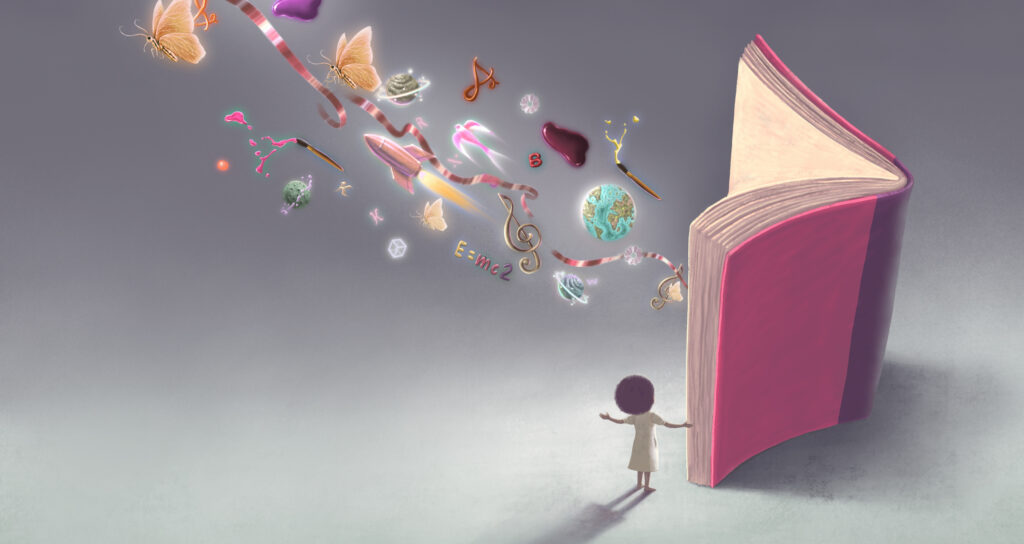Every human being on the planet possesses an abundance of creativity, adaptability and inspiration, and it stands to reason that when we come together in these communities that we call companies there should be a multiplier effect.
Yet our collective effort usually only produces a deficit of these characteristics.
Our organisations typically suffer from little creativity.
I doubt that claim shocked you; we intuitively know this to be true.
Why is this so?
Primarily, we are burdened by underlying assumptions of how we are supposed to organise work, assumptions that for the most part originated at least 150 years ago at the dawn of the Industrial Revolution.
HR can uncover better solutions to fill the deep craters in our corporate spirit with the creative, fluid and humanistic approaches from artists and innovators as well, rather than solely from management engineers.
At the same time, agility – the ability to pivot, invent and reinvent – has never been more important in a world where change itself is occurring at a scale and pace that can leave us breathless.
Our ability to keep up is a key leadership capability today.
Of course, one industry has always been creative and ever-evolving, and that’s the arts.
Might we be able to apply its leadership lessons to any other industry in order to unlock further human capability?
I believe undoubtedly we can.
We are burdened by underlying assumptions of how we are supposed to organise work, assumptions that for the most part originated at least 150 years ago at the dawn of the Industrial Revolution
Implementing new habits for success
One of HR’s contributions may be to help colleagues practise personal habits in their daily interactions that enhance the creative and adaptive capacity in themselves and others.
Here are two of many habits that I learned from my interviews and observations within some of the most innovative organisations in the world:
- From LEGO: the humility to bring colleagues into your idea sessions, even if they are not in your department or function
- From Pixar: practising ‘yes…and’ in order to nurture courage and a volume of ideas.
Let’s explore these habits one by one.
1. Learning from LEGO
Danish toy company LEGO is a fanatical proponent of prototyping and getting as many colleagues as possible to offer feedback.
Former LEGO brand manager for southern Europe, Per Enggrob Larsen, recalls: “We would invite people from all markets to give feedback on concepts. We’d be looking five years into the future and thinking about which way the market will go.
“We’d look at loads of drawings and knock down this huge pipeline to about twenty-five concepts. Then we’d go to year three and what will launch then. We’d see prototypes and sample product boxes.
“We would give feedback on these concepts all the way from five years from launch down to a product launching in twelve months where we would delve into detailed discussions about box sizes, pricing and volume”.
In this manner, LEGO reduced their new product pipeline risk by applying all the market heads to comment on possible launches, refining their thinking each year on each product from five years out all the way to one year out.
2. A new phrase from Pixar
Luckily, there’s a very simple hack to the most dreaded phrase in the manager’s vocabulary: ‘Yes, but…’ We all know this phrase means ‘no, sit down, be quiet.’
When managers and even HR Directors use it copiously, they need not wonder why their colleagues refrain from offering new ideas anymore.
The issue is not that the company lacks creativity but that the environment discourages it.
The simple hack that I observed at Pixar Animation Studios is to get into the habit of saying, ‘Yes, and..’ instead as often as possible.
Even when you fundamentally disagree with someone, dwelling in their reality or context even for a minute or two will help them get behind whatever solution you ultimately adopt because they feel that you listened
Replace ‘Yes, but…’ with ‘Yes, and…’
Changing this one word flips the whole tenor of the conversation on its head.
It encourages, builds upon and validates the idea and the colleague you’re addressing.
Try making a habit of immediately responding ‘Yes, and…’ to an idea.
You may not even know what you’re going to say next, but that preamble programmes your brain to start thinking about how the concept might work, or how you can go even bigger or bolder.
Remember, you don’t ultimately have to implement the idea, but giving it a little airtime goes a very long way in helping your team feel engaged and valued.
You may also surprise yourself about the idea’s merits, which you hadn’t considered until you explored it a bit.
If a leadership community is committed to a different behaviour, then the organisation’s culture will also de facto change
A small word makes a big difference
Even when you fundamentally disagree with someone, dwelling in their reality or context even for a minute or two will help them get behind whatever solution you ultimately adopt because they feel that you listened.
When I introduced ‘Yes…and’ to the executive team of an antipodean mining services company, their HR department almost immediately returned to me, demanding, ‘What did you DO to them?! The difference is night and day!’.
Of course, the difference wasn’t just that they were using the magic phrase, but the phrase triggered a different behaviour.
If a leadership community is committed to a different behaviour, then the organisation’s culture will also de facto change.
Like the ripples in a pond created from a small pebble, these micro-habits from LEGO, Pixar and other creative paragons teach us supremely practical but simple habits to catalyse the creative capacity in our teams.
This is an idea I explore in my book Sparking Success: Why Every Leader Needs to Develop a Creative Mindset.
If you enjoyed this, read: Creative Leadership: Why it’s time to rethink what makes a good leader
[cm_form form_id=’cm_65a14c3f5da64′]






